Welcome to Boston's Back Bay
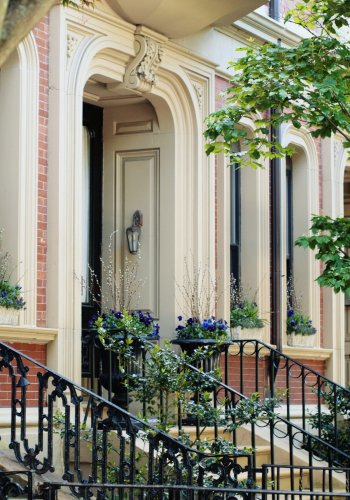
By the Numbers
A Brief History
Known for its Parisian-inspired boulevards, stately brownstone homes, world class shopping and dining, and numerous cultural institutions, the Back Bay has become synonymous with the City of Boston. And yet when this neighborhood was first developed, it would be like nothing the colonial city of Boston had ever seen before.
Take a quick look at any map of Boston, and you will immediately notice something different about the Back Bay. In contrast to the winding streets of the North End and the narrow cobblestone alleyways of Beacon Hill, the Back Bay was carefully planned and laid out in a grid pattern, lending it a look more similar to Manhattan than Boston. In fact, the plan of Back Bay was greatly influenced by Georges-Eugène Haussmann’s renovation of Paris. But take a walk in person down any of the Back Bay’s wide tree lined avenues and you will quickly realize you could be nowhere else in the world but Boston.
Prior to the mid 1800’s, the Back Bay was literally just that, a bay! But as Boston’s shipping and manufacturing industries grew, city developers realized that they
would need to expand the footprint of the city to address the growing problem of overcrowding. In the 1820’s, the Back Bay would be separated from the rest of the bay by the Mill Dam, which would later become Beacon Street. And in 1857, the Commonwealth of Massachusetts would decide to fill in the Back Bay, beginning a 25 year process that would lead to the more recognizable neighborhood of today.
Looking to flee the overcrowding of the older neighborhoods of colonial Boston, many of the city’s wealthiest residents would come to make Back bay their home, helping build some of the finest examples of Victorian and Edwardian architecture in the country and transforming the neighborhood into Boston’s preeminent Arts and Cultural district. Copley Square, known as Art Square prior to 1883, was the original home of the Museum of Fine Arts and the Massachusetts Institute of Technology, and is still home the original branch of the Boston Public Library today. The Back Bay Historic District is listed on the National Register of Historic Places, and is considered one of the best-preserved examples of 19th century urban architecture in the United States.
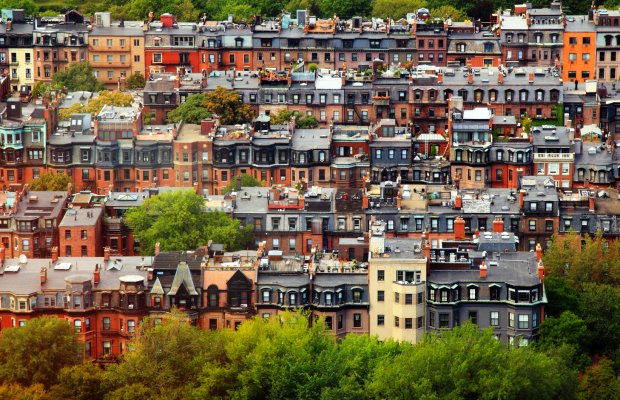
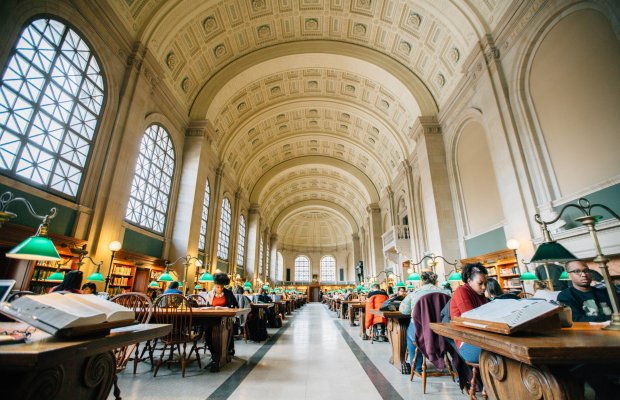

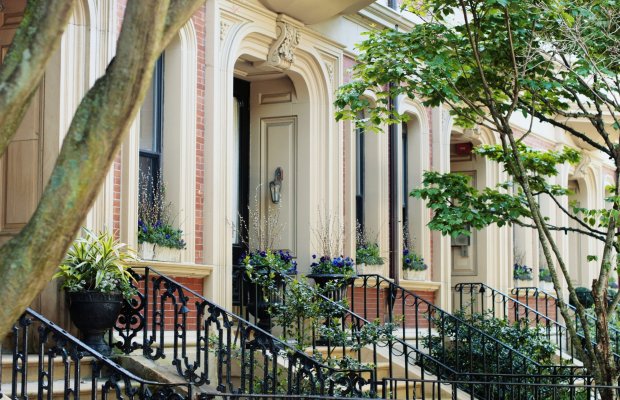
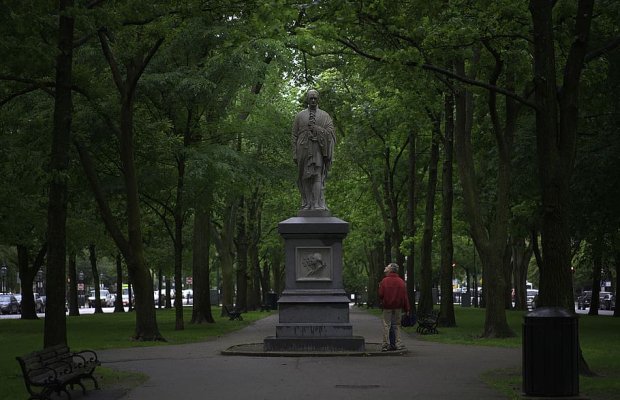
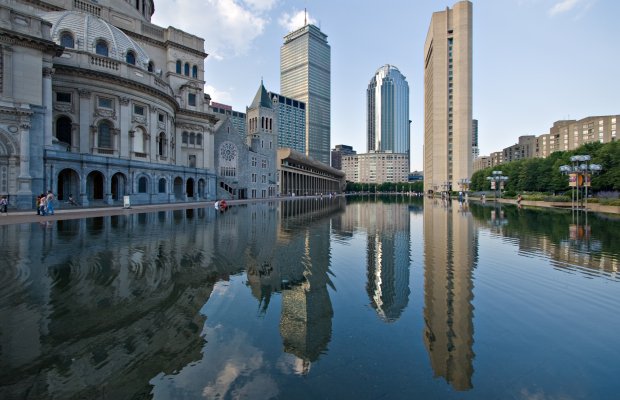
Life in Back Bay
The Back Bay of today offers a lifestyle that seamlessly blends historical charm with modern sophistication. Residents of this iconic Boston neighborhood enjoy the convenience of city living paired with the timeless beauty of Victorian brownstones and Parisian-inspired boulevards. Strolling along the wide, tree-lined streets, you’ll find a mix of high-end boutiques, cozy cafés, and renowned restaurants, making it easy to enjoy a vibrant social life without ever leaving the neighborhood. The Charles River Esplanade provides a serene escape for runners, bikers, and picnickers, offering breathtaking views of the city skyline and waterfront.
Back Bay’s central location ensures that residents are never far from Boston’s cultural and economic hubs. Professionals benefit from a quick commute to the Financial District, while students and academics enjoy proximity to world-class institutions like MIT and Berklee College of Music. Community life is bolstered by regular events in Copley Square, from seasonal farmers’ markets to public art installations. With easy access to public transportation, a walkable layout, and the unique charm of its architectural heritage, Back Bay remains one of the most desirable and dynamic neighborhoods in Boston, offering something for everyone, from young professionals to families and retirees.
Newsletter Sign up
Homes for sale in Back Bay
79 Waite St Ext #53 – Malden, MA
- $490,000
- Beds: 2
- Baths: 2
- 1,045 sq ft
- Condo
contact me
Get in Touch

Zachary Bisgeier
BESPOKE REAL ESTATE SERVICES
